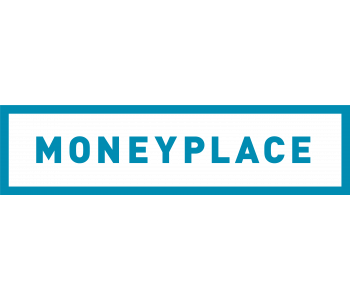So here again we find ourselves, approaching the end of this financial year. And if you’re a business owner, you may be wondering whether your business is eligible for temporary full expensing.
In this article, we’ll explain the difference between the instant asset write-off and temporary full expensing, explore how it works and help clarify whether it applies to your business.
Interested in talking to us about a business commercial loan?
What’s the difference between temporary full expensing and instant asset write-off?
The instant asset write-off scheme was introduced several years ago - in 2015 - which enabled small businesses to instantly claim depreciation on a work-related asset that cost $30,000 or less.
When the pandemic hit, the Government increased that limit to $150,000 until the last day of 2020, after which time it was dropped to $1,000 and made way for the temporary full expensing scheme.
Under this new scheme which now runs until 30 June 2023, the cost limit has been removed for eligible businesses.
How does temporary full expensing work?
If you’re interested in buying a new commercial vehicle and will only be using it for business purposes, you’re able to claim an amount up to $60,733 immediately. If you decide to make any improvements to the vehicle, you can also claim a deduction within the same year you incurred that cost also.
Commercial equipment works in a similar way but of course without the limitation in its purchase price.
In order to claim, it’s vital that everything is communicated through your business/entity’s tax return which should 100% be prepared by a licensed accountant to ensure you’re doing everything by the book.
Eligibility criteria for temporary full expensing
To be eligible for temporary full expensing, the asset must:
- Be first held, used or installed between 6 October 2020 and 30 June 2023
- Have had improvements made to it between 6 October 202 and 30 June 2023
The scheme enables any business with an annual turnover of under $5 billion or corporate tax entity who meets the ATO’s alternative income test to claim partial or full costs of new business-related assets.
If your business has a turnover of less than $50 million, your temporary full expensing can also cover secondhand depreciating assets.
Businesses with an aggregated turnover of under $10 million are also eligible to fully deduct any improvement costs to existing eligible depreciating assets as well.,
Buy a new commercial vehicle easier through Stratton Finance
If you’re looking to add a vehicle to your current commercial vehicle fleet or would like to grow your business with commercial equipment, you’ve come to the right place.
Since opening our doors back in 1998, Stratton Finance has helped countless Australian businesses secure the best financing deals available - and we’ll go above and beyond to do the same for you. Our lender network is enormous, and we’ll tap into it in order to achieve nothing short of outstanding financing results every time.
So get in touch with our friendly team today by calling 1300 787 288. If you’d prefer, you’re welcome to send us an online enquiry and we’ll be in touch with a response shortly.
























Previous
Top tips for buying a car at the end of financial year
Next
5 tips to minimise the sting of increased fuel prices